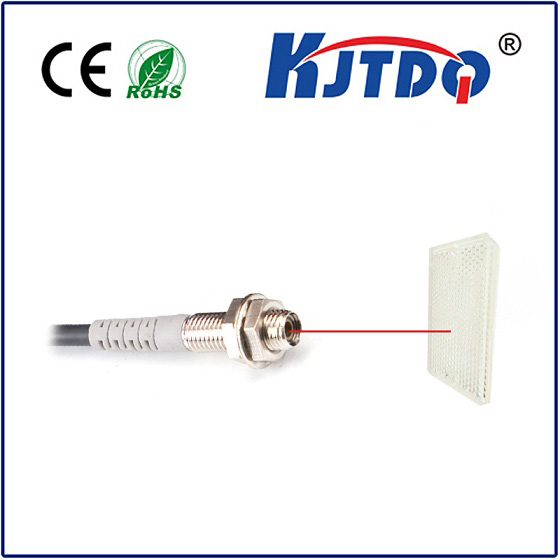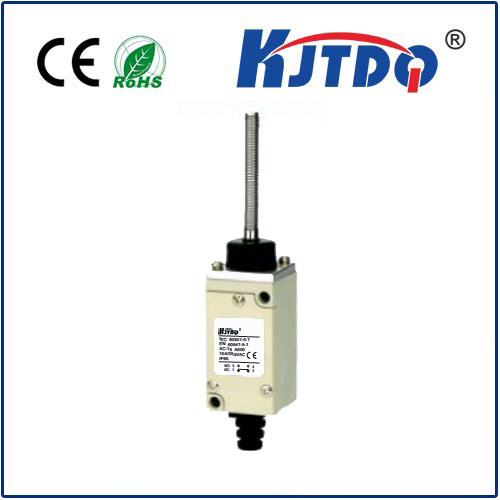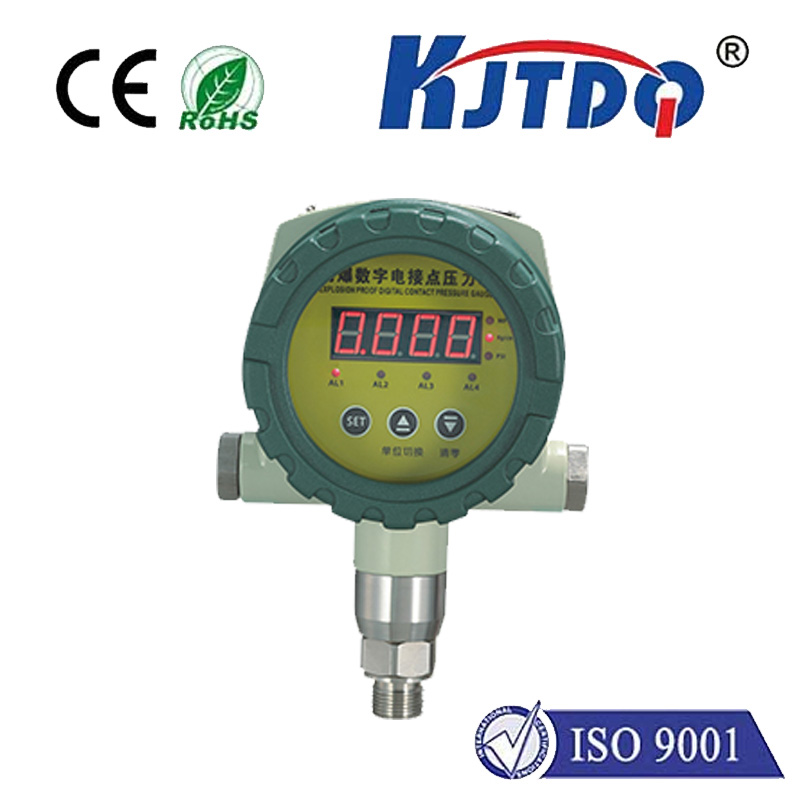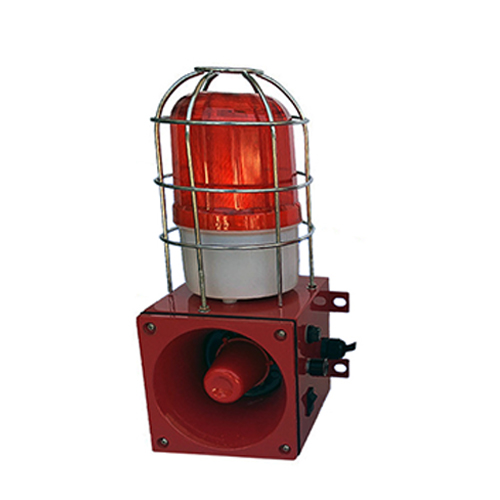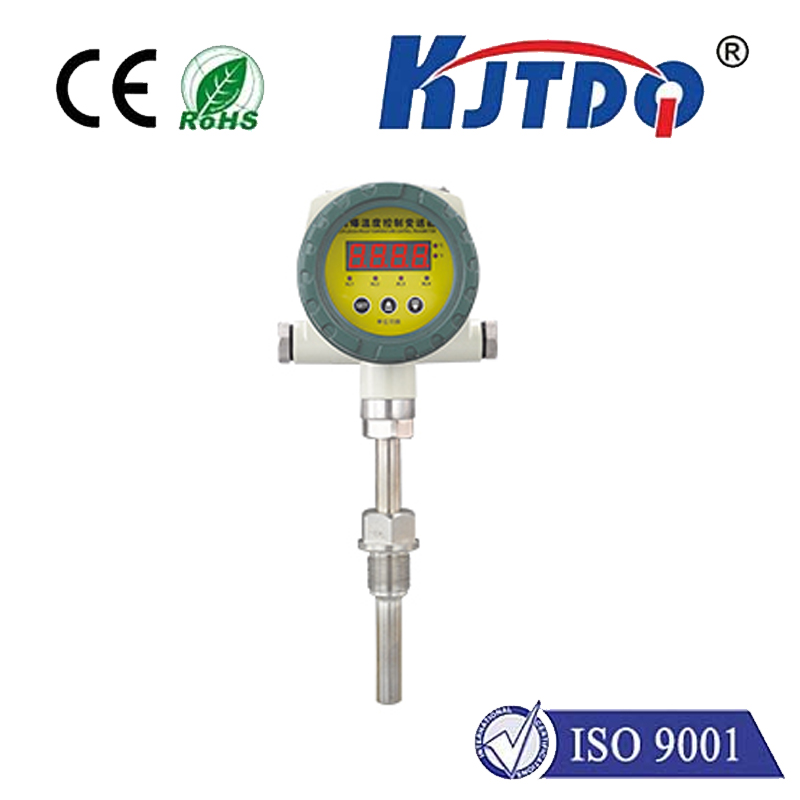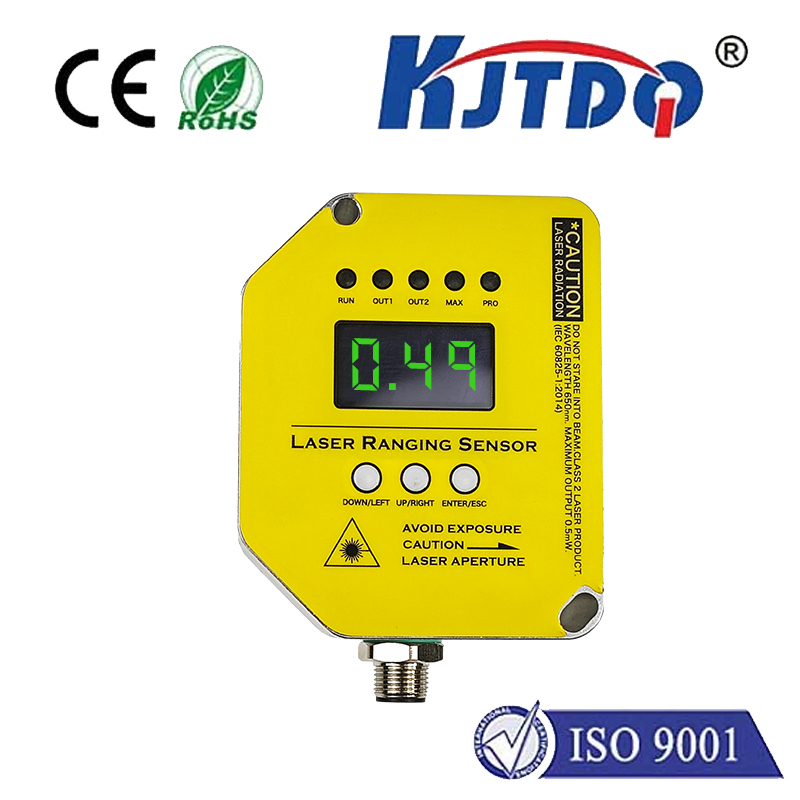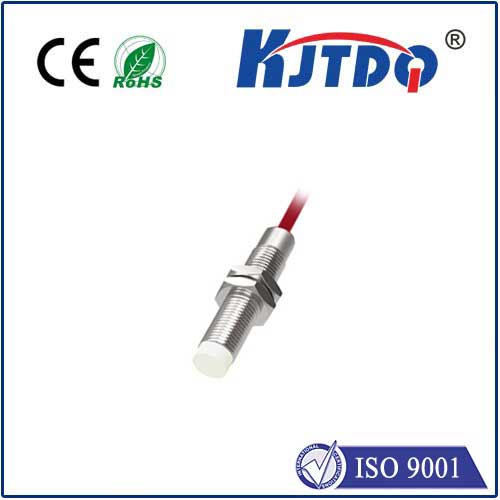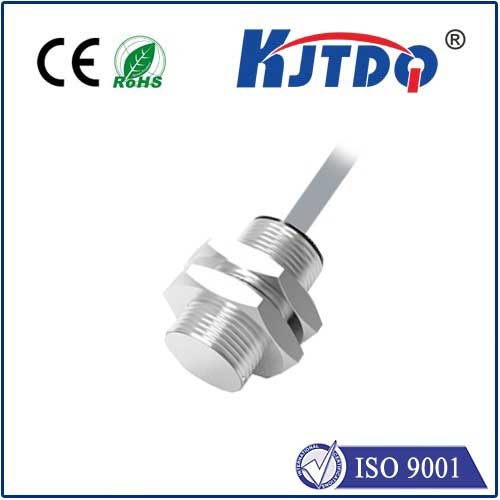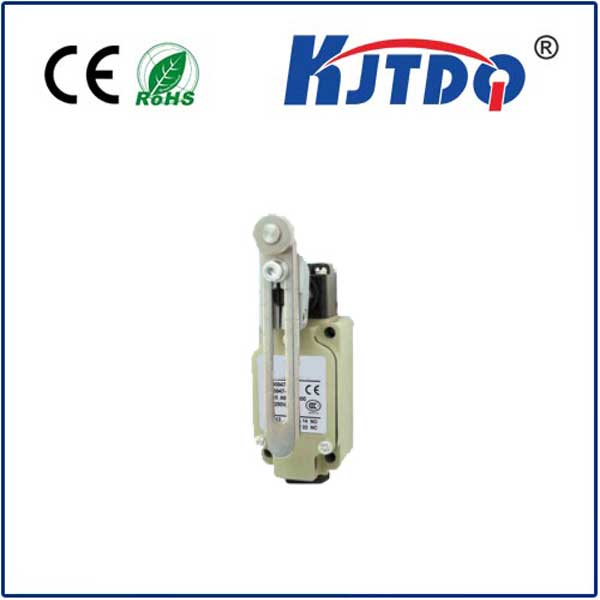jenis sensor proximity
- time:2025-06-19 02:29:37
- Click:0
Understanding the Essential Types of Proximity Sensors: Your Guide to Non-Contact Detection
Imagine a world where machines clumsily bump into objects, assembly lines require constant physical contact, and automated systems lack the finesse to sense nearby presence. Thankfully, we have proximity sensors – the silent, unseen guardians enabling countless automated processes. From your smartphone screen dimming during a call to intricate robotics on a factory floor, proximity sensors are fundamental. But did you know there are several distinct types, each with unique strengths and ideal applications? Understanding the jenis sensor proximity (types of proximity sensors) is crucial for selecting the right technology for your specific detection challenge. Let’s delve into the fascinating world of these non-contact detectors.
What Exactly is a Proximity Sensor?
At its core, a proximity sensor is a device that detects the presence or absence of an object within a specific range without requiring physical contact. They achieve this by emitting a field (electromagnetic, electrostatic, acoustic, or optical) and monitoring changes in that field caused by the target object entering its detection zone. This non-contact nature makes them incredibly durable, reliable, and suitable for harsh or high-speed environments where physical switches would fail.

The Core Principles Behind Detection
Most proximity sensors rely on one of two fundamental principles:
- Electromagnetic Induction: Used primarily by inductive sensors, they generate an oscillating electromagnetic field from a coil. When a ferrous (iron-containing) or non-ferrous metal object enters this field, it induces small eddy currents on the object’s surface. These eddy currents draw energy from the sensor’s field, causing a measurable change in the oscillation amplitude. This change triggers the sensor’s output.
- Capacitance Changes: Used by capacitive sensors, they function like an open capacitor. The sensor’s active surface acts as one plate, and a nearby object (even non-metallic) acts as the other plate. As the object approaches, the capacitance between the sensor and the object increases. The sensor detects this change in capacitance beyond a preset threshold, signaling the object’s presence.
Exploring the Major Types of Proximity Sensors
Now, let’s break down the primary jenis sensor proximity commonly used in industrial automation, consumer electronics, and beyond:
- Inductive Proximity Sensors
- Principle: Electromagnetic induction (as described above).
- Target Material: Exclusively detects metallic objects. Best suited for ferrous metals (iron, steel), but also detects non-ferrous metals (aluminum, brass, copper) typically at a reduced sensing range. Cannot detect non-metallic materials (plastic, wood, liquids, etc.).
- Key Advantages: Rugged design, highly reliable in dirty/oily environments (sealed units), excellent resistance to vibration, long operational life, relatively immune to non-metallic surroundings. Available in various sizes and housings (cylindrical, rectangular, ring).
- Common Applications: Detecting metal parts on conveyors (position, presence), counting metal objects, position sensing in machinery (e.g., cylinder end position), automated stamping/pressing operations, machine tool positioning. Ideal for demanding industrial metal detection.
- Capacitive Proximity Sensors
- Principle: Detects changes in capacitance (as described above).
- Target Material: Detects almost any material – metals, plastics, wood, paper, glass, liquids, powders, granules. The material must have a dielectric constant sufficiently different from air/ambient environment.
- Key Advantages: Versatility in detecting diverse materials (metallic and non-metallic), ability to sense through non-metallic walls/containers (e.g., level detection inside plastic tanks), often adjustable sensitivity.
- Common Applications: Level detection of liquids, powders, or granular materials in tanks/hoppers, detecting presence of filled bottles/containers (glass, plastic), paper/cardboard detection, monitoring plastic parts, position sensing for non-metallic objects. Perfect for material presence and level sensing tasks involving non-metals.
- Photoelectric (Optical) Sensors
- Principle: Uses light (visible, infrared) to detect objects. Main configurations:
- Through-Beam: Separate emitter and receiver units. Detection occurs when the target object breaks the light beam.
- Retroreflective: Emitter and receiver in one unit, uses a reflector. Detection occurs when the target breaks the reflected beam.
- Diffuse (Proximity Mode): Emitter and receiver in one unit. Detection occurs when light reflected directly off the target object reaches the receiver. Range is typically shorter than Through-Beam or Retroreflective.
- Target Material: Detects objects that reflect or interrupt light. Effectiveness depends on color, surface finish, transparency, and size relative to the beam.
- Key Advantages: Very long sensing ranges (especially through-beam), detects virtually any material (opaque objects), detects small objects, can sense color/contrast differences (specialized types), fast response. Diffuse sensors specifically act as a proximity type.
- Common Applications: Object detection on high-speed conveyors, counting bottles/cans, checking fill levels (by beam height), label detection, automatic doors, security systems, detecting objects regardless of material. The go-to choice for long-range or versatile object presence.
- Magnetic Proximity Sensors (Reed Switches)
- Principle: Uses a sealed glass tube containing thin ferromagnetic reeds. When a permanent magnet approaches, the magnetic field causes the reeds to flex and make contact, closing an electrical circuit. Removal of the magnet allows the reeds to spring back, opening the circuit. Solid-state Hall Effect variants are also common.
- Target Material: Requires a permanent magnet to actuate.
- Key Advantages: Simple, reliable, low power consumption, unaffected by dust, non-metallic debris, or non-magnetic fluids. Can be sealed for harsh environments. Hall Effect variants offer high speed and ruggedness.
- Common Applications: Position sensing of pneumatic/hydraulic cylinders (with embedded magnets), door/window security sensors (magnet on moving part), machine safety interlocks, speed sensing (detecting gear teeth magnets). Essential for position feedback where magnets can be mounted.
Selecting the Right Proximity Sensor Type: Key Considerations
Choosing the optimal jenis sensor proximity involves evaluating several factors:
- Target Material: Metal? Use Inductive. Non-metal? Capacitive or Photoelectric. Requires a magnet? Magnetic.
- Required Sensing Distance: Short range? Inductive/Capacitive are excellent. Medium/Long Range? Photoelectric dominates.
- Operating Environment: Dirty? Inductive is robust. Wet? Sealed capacitive/inductive/photoelectric. Extreme temperatures? Confirm sensor specifications.
- Accuracy/Repeatability: Critical positioning? High-precision inductive or photoelectric models are available. Level detection? Capacitive sensitivity adjustment is key.
- Response Time/Speed: Very high-speed detection? Photoelectric (especially through-beam) or specialized fast-responding inductive sensors.
- Mounting Constraints: Space limitations? Small cylindrical inductive/capacitive sensors. Need to sense through a wall? Capacitive.
- Output Type Needed: Digital (On/Off) or Analog? Confirm sensor output configuration (PNP, NPN, NAMUR, Analog current/voltage).
- Cost: Magnetic sensors (reed) are often inexpensive. Inductive are mid-range.












